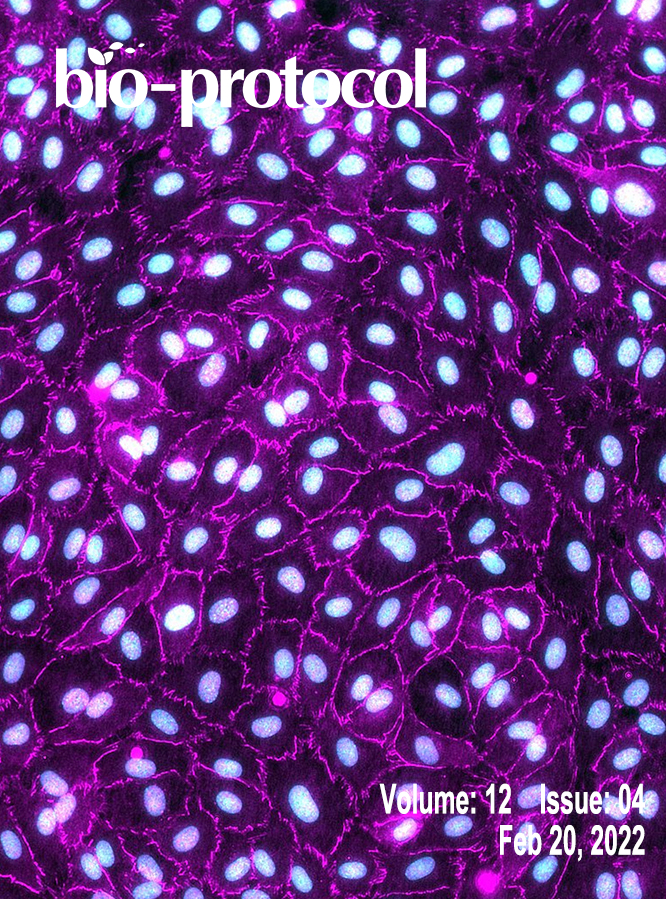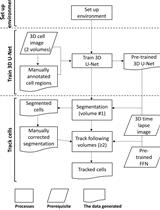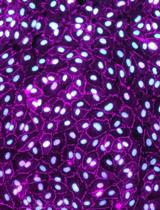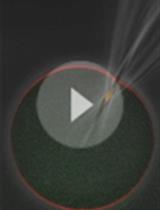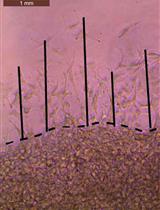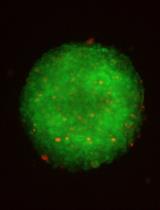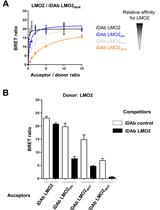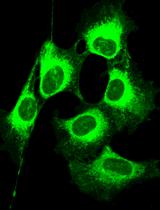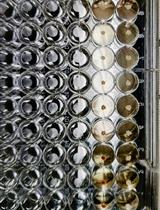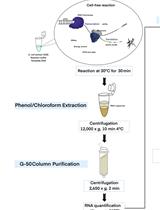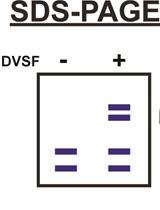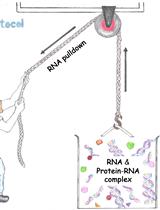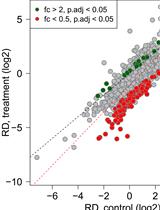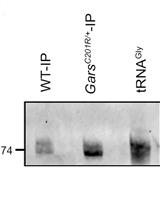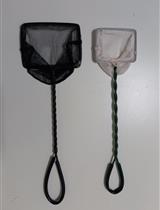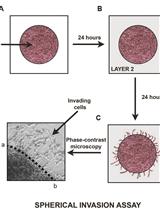往期刊物2022
卷册: 12, 期号: 4
生物信息学与计算生物学
Tracking Moving Cells in 3D Time Lapse Images Using 3DeeCellTracker
使用 3DeeCellTracker 跟踪 3D 延时图像中的移动细胞
生物工程
An in vitro Blood-brain Barrier Model to Study the Penetration of Nanoparticles
研究纳米粒子渗透的体外血脑屏障模型
生物物理学
Femtoliter Injection of ESCRT-III Proteins into Adhered Giant Unilamellar Vesicles
将Escrt-Ⅲ蛋白注射到粘附的巨大单层囊泡中
癌症生物学
Spherical Invasion Assay: A Novel Method to Measure Invasion of Cancer Cells
球形侵袭测定:一种测量癌细胞侵袭的新方法
Optimization of Extracellular Flux Assay to Measure Respiration of Anchorage-independent Tumor Cell Spheroids
优化细胞外通量测定以测量不依赖锚定的肿瘤细胞球体的呼吸
A Cell-based Screening Method Using an Intracellular Antibody for Discovering Small Molecules Targeting Hard-to-drug Proteins
一种基于细胞的筛选方法,使用细胞内抗体发现靶向困难药物蛋白质的小分子
细胞生物学
NBD-lipid Uptake Assay for Mammalian Cell Lines
哺乳动物细胞系的 NBD 脂质摄取测定
免疫学
Restimulation-Induced Cell Death (RICD): Methods for Modeling, Investigating, and Quantifying RICD Sensitivity in Primary Human T Cells via Flow Cytometric Analysis
再刺激诱导的细胞死亡 (RICD):通过流式细胞术分析在原代人类 T 细胞中建模、调查和量化 RICD 敏感性的方法
微生物学
An in vitro Assay of mRNA 3’ end Using the E. coli Cell-free Expression System
使用大肠杆菌无细胞表达系统对 mRNA 3' 端进行体外测定
Activity-based Crosslinking to Identify Substrates of Thioredoxin-domain Proteins in Malaria Parasites
基于活性的交联识别疟原虫中硫氧还蛋白结构域蛋白的底物
分子生物学
Pull-down of Biotinylated RNA and Associated Proteins
生物素化 RNA 和相关蛋白的下拉
Normalized Ribo-Seq for Quantifying Absolute Global and Specific Changes in Translation
标准化Ribo -Seq 用于量化翻译中的绝对全局和特定变化
神经科学
Immunoprecipation Assay to Quantify the Amount of tRNAs associated with Their Interacting Proteins in Tissue and Cell Culture
免疫沉淀法定量组织和细胞培养中与其相互作用蛋白相关的tRNAs的数量
A Behavioural Assay to Investigate Judgment Bias in Zebrafish
调查斑马鱼判断偏差的行为分析
Anticipatory and Consummatory Responses to Touch and Food Rewards: A Protocol for Human Research
触觉和食物奖励的预期性和完成性反应:一项人类研究方法
植物科学
Measuring Endogenous GA and IAA
测量内源性 GA 和 IAA


